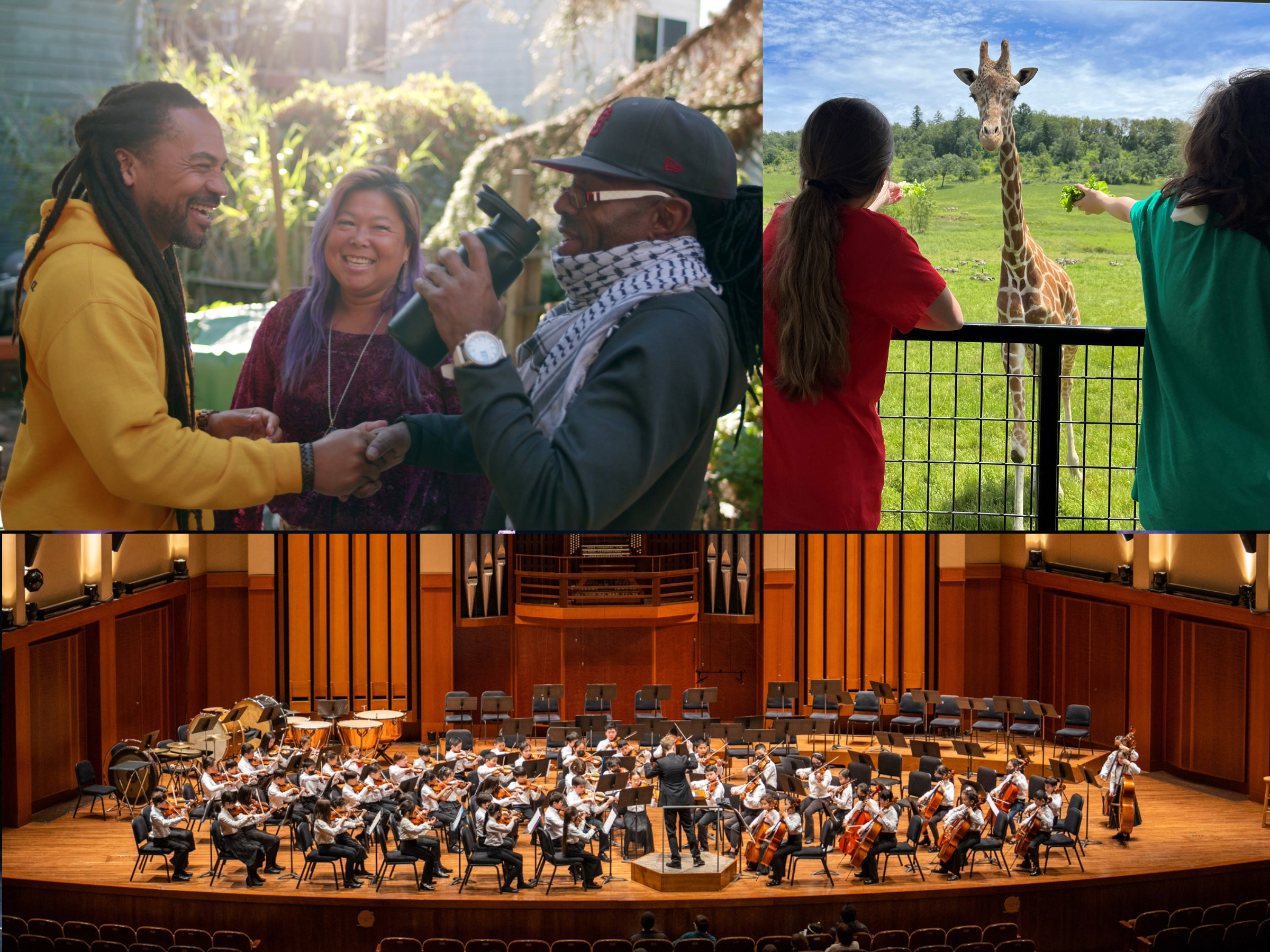
Earlier this week the Murdock Trust had the opportunity to share our most recent report on grant awards. Every day, our team is inspired by the work of these organizations and so many others who invest their days in service to improve lives and to ultimately impact our shared flourishing. It is our mission to steward our work in ways that lift up those organizational efforts, support the teams making the work happen every day, and strengthen the fabric of communities across the Pacific Northwest. It is this desire that also continues to motivate our team as we identify and implement improvements to our processes. We’ve approached this work considering how to be both thoughtful and timely in our decisions. While we have affirmed that several core aspects of our work will remain consistent (including the types of groups and types of projects we fund), our goal in this effort is twofold:
- To align our organizational resources to maximize impact within the sectors we serve.
- To create efficiencies in the grant application process for those we serve and our staff.
We considered the pros and cons of two different paths to achieve these goals. We deliberated on whether we would temporarily pause grant-making to expedite change internally or continue grant-making while we implement the changes over a longer period of time. I am deeply grateful to our team for working hard to consider the different approaches and for bringing unique ideas to the table on how to best navigate these changes. The deliberations were thoughtful and included exploring and learning from the approaches of other foundations.
Organizational redesign and process improvement can be approached in different ways. We found that no one approach is better or worse, right or wrong, good or bad. In some cases, constituents are best served by a brief interruption in funding that facilitates an immediate rearrangement of process. In other cases, organizations are best served by a continuous flow of funding while change is implemented behind the scenes. In considering both options, our focus was on how to best mitigate disruptions and how to ensure a seamless and effective experience for grantees.
What is important is to center those we serve and the impact we collectively seek to achieve. None of this activity takes place in a vacuum. The best solution is the one that supports the most efficient process improvement with the least disruption. In our case, this has meant continuing our grant-making while implementing changes over a longer period of time. I have been fortunate to engage in thoughtful exchanges of ideas on this topic with several local, regional, and national philanthropic leaders who have past or current experience in similar improvement processes. Our team continues to seek grantee input and feedback on key aspects of this effort. I remain grateful for the spirit of open collaboration, knowledge sharing, and conversation that is helping all of us grow and strengthen our work in meaningful and impactful ways.
As we approach year-end, you will hear more from each of our sector leaders regarding their vision for the work of their team and their focus heading into 2024 as we align to our sectoral model. We will also have some exciting updates regarding the Trust’s overall grant process and how we are leveraging new tools, technology, and data to deliver the best experience possible to our grantees and applicants. Until then, please join me in sharing gratitude for the countless organizations working tirelessly to help ensure individuals, families, and communities have an opportunity to thrive across the Pacific Northwest. To all who serve the common good, we say THANK YOU!
-Romanita Hairston, CEO







